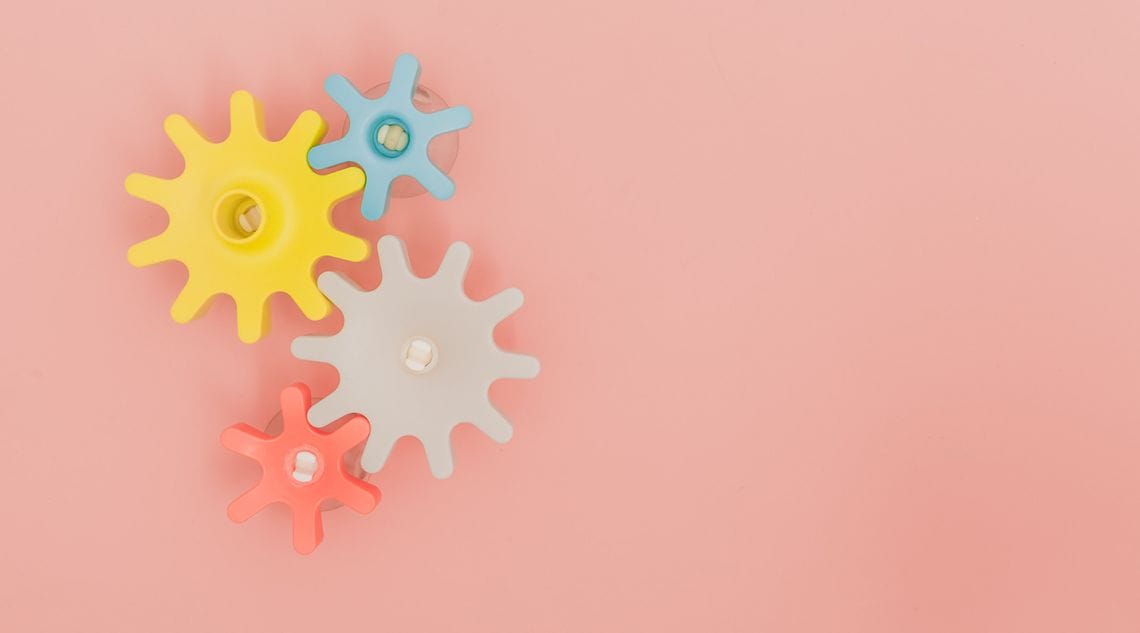Over the past three years, ideas42 has collaborated with nine financial institutions across Mexico and Chile to leverage behavioral science to support their clients’ financial health—implementing 40 interventions for 440,000 study participants, and ultimately reaching over 21 million people. Supporting financial health around the world is one of the areas we focus our work to improve lives using behavioral science. While saving for the future is a challenge for most people, using an understanding of how people actually make decisions and follow through on their intentions in the real world shows that thoughtfully designed financial services can make it easier.
That’s simple enough to grasp in theory, but how does it work in practice? What is it like for practitioners who develop and deliver products and services that people interact with every day to apply a behavioral lens to their work? After three years of close collaboration on a wide range of services and interventions, we spoke with our partners in Mexico and Chile to uncover insights—from their direct perspective—about what it’s like to partner with a behavioral design lab. We’re hoping the insights and takeaways from those conversations can demystify the process for other innovators interested in optimizing their own programs using behavioral science.
A behavioral perspective can generate surprising insights
While our partners already knew a lot about the clients they serve from conducting thorough market research, the behavioral approach generated new and sometimes quite surprising insights. How? At ideas42 we use a completely different set of qualitative interview questions coupled with direct observation of the context in which people operate to understand how their environment may influence their behaviors, often in ways that they themselves may not fully recognize or be aware of.
For example, in both Mexico and Chile, our partners believed they needed to provide clients with more information on the importance of saving. But through our diagnosis process, it became clear that the vast majority of their clients were already aware of the benefits of saving. This frequent observation made it clear that lack of information was not the barrier preventing clients from acquiring and using savings products—and once we identified the behavioral barriers that actually were, we were better equipped to address them.
“Small” solutions can address big problems
There are many resource-intensive solutions available for promoting savings products, such as marketing campaigns, blanket incentives, or nationwide market research. In comparison, many of the designs produced by applying a behavioral lens can seem deceptively simple. But when it comes to human behavior, it’s often the tiniest details that matter the most.
At CAME, a large microfinance institution in Mexico, the team we worked with shared initial skepticism about whether the simplicity of a savings card we developed, which included a personal savings goal, space to collect stamps for each deposit, and the client’s signature, would have a meaningful impact on adoption and usage of their new savings product. But once CAME started offering the savings card and sending savings reminders, significantly more people began opening accounts and making regular deposits at their branch. While the cards were a seemingly simple solution on the surface, each element of their design was rooted in our qualitative and quantitative research and results of literature reviews aimed at fostering and supporting a sense of individual commitment to save.
Rigorous evaluation is achievable and useful
Using randomized controlled trials (RCTs) to evaluate impact requires significantly more time than rapid market research, and as such the pace could be frustrating at first for some partners who are unfamiliar with this method. For example, Sura, a pension fund in Mexico, was used to launching several campaigns and making adjustments to enrollment processes simultaneously, hoping that a combined strategy would be sticky enough and produce real results. After acclimating to the pace and sequencing of using RCTs to evaluate their newest offerings, Sura’s team found running RCTs to be a great learning experience—particularly for learning which strategy is both most impactful and cost-effective.
Another partner, kubo.financiero, a peer-to-peer online lending platform, was already familiar with experimental research methods like A/B testing. Following our work together, they are now using a formula to determine sample sizes, assigning treatment and control groups to most of their campaigns, and using organization-wide staff meetings to generate hypotheses and discuss what an experiment means.
Our collaboration can inspire innovation beyond our work
Our partners are now looking beyond the scope of our past and current collaborations and leveraging what they’ve learned to identify how behavioral design can support their clients’ goals in new ways.
As clients watched the 2018 World Cup, kubo.financiero launched a behaviorally informed campaign using gamification to incentivize savings. CAME’s next step is to begin applying some of the behavioral insights gleaned from our work together on savings to another strategic priority area: individual credit that can help people invest in their futures. They are already working to identify potential behavioral barriers to accessing and using these products beneficially.
Behavioral design and experimental research design are important tools that our partners can leverage as part of the solution set available to them as they seek to innovate and better serve their clients. Many have begun to build capacity internally to apply these tools themselves. For ideas42, collaborations with partners like these, whether in the service of financial health, or in other areas such as sustainability, education, health or more, directly supports our goal of expanding the application of behavioral science as a problem-solving tool globally. When partners continue to use behavioral design in their work after our formal collaborations end, it takes us farther down the path to behavioral science ubiquity.
Interested in learning more? Read the full brief for additional examples and to hear from our partners in their own words about what it was like to work with a behavioral design lab. Reach out to us at info@ideas42.org to learn more.



